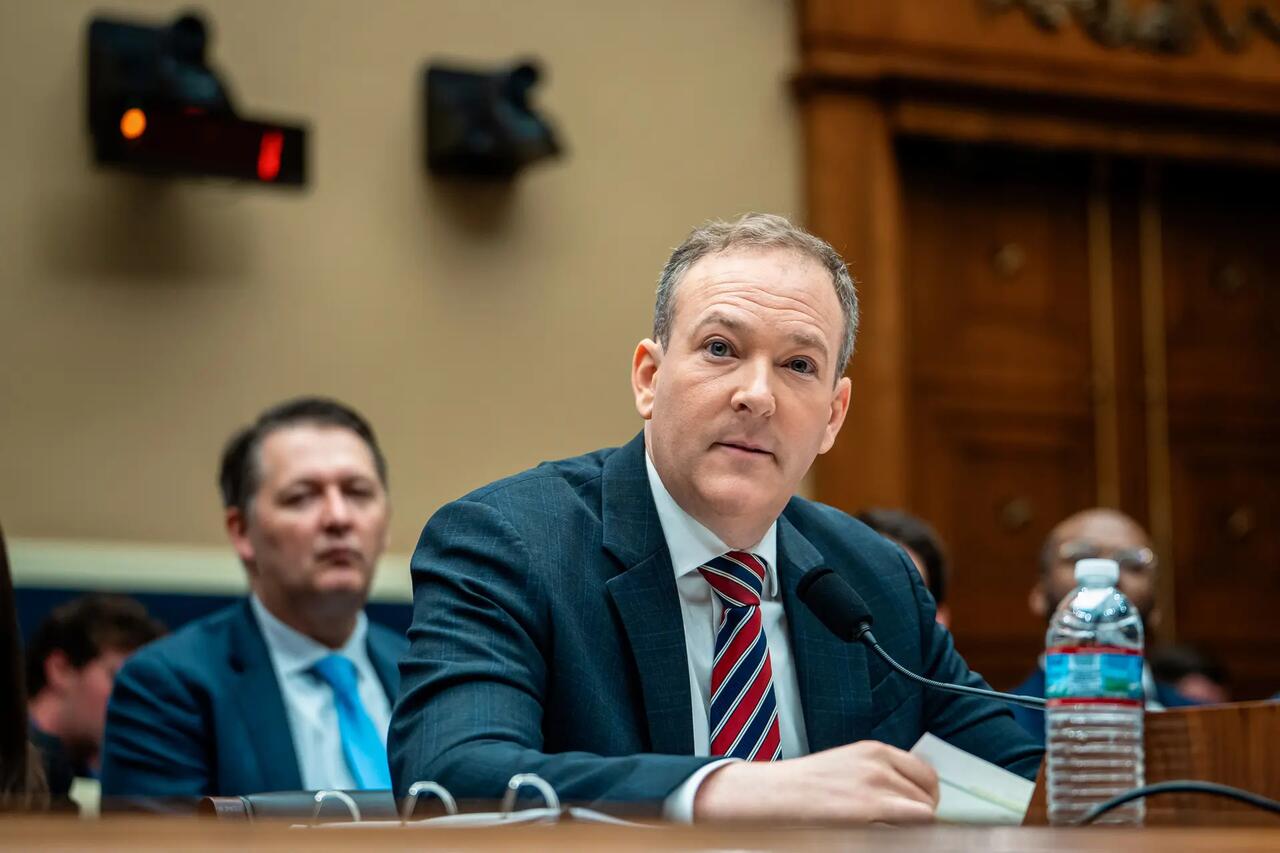Ohio Attorney General Dave Yost gave the greenlight for General Catalyst subsidiary Health Assurance Transformation Company to move ahead with its acquisition of Summa Health, but with a list of 10 conditions.
Venture capital firm General Catalyst made waves in October 2023 when it announced the launch of HATCo to provide advisory services to health systems with ambitions to buy a hospital system. Three months later, General Catalyst announced its intent to acquire Akron, Ohio-based Summa Health.
In November, HATCo announced it signed a definitive agreement to buy Summa Health for $485 million.
The purchase price, when added to Summa Health’s current cash, will enable the health system to eliminate $850 million in existing debt, according to the organizations.
Akron-based Summa Health is among Ohio’s largest integrated healthcare delivery systems with two acute care hospital campuses, 15 community medical centers, a rehab hospital, a health insurance arm, a multispecialty group practice and a research and medical education program. It employs more than 8,000 people, and reported almost $1.9 billion in total revenues and an $8 million operating loss in 2024.
In releases and blog posts, General Catalyst has characterized the purchase as “not a quick flip but a long-term commitment to transformation that benefits the community”—an effort to distance the transaction from private equity hospital purchases that critics say cripple hospitals in pursuit of quickly extracting value.
Because the sale involves the transfer of nonprofit assets from the health system to a for-profit entity, the Attorney General’s Office — as the agency charged under Ohio law with protecting charitable assets — is statutorily responsible for approving or denying the sale.
“My role in this process is to protect Ohio’s charities,” Yost said in a press release. “After a comprehensive review by the Charitable Law Section of my office, we’re confident that the agreement includes enforceable commitments that will secure Summa’s nonprofit mission, protect patient care, and ensure continued investment in the greater Akron community.
“With proper safeguards in place, this has the potential to strengthen health care in northeastern Ohio for years to come.”
After being notified in November 2024 of the proposed sale, the Charitable Law Section assessed whether the parties are in compliance with fiduciary duties, whether the nonprofit will receive full and fair market value, and whether the proceeds will be used in a manner consistent with Summa Health’s original charitable purpose.
Yost’s office approved the sale provided that HATCo and Summa Health meet 10 conditions, including increasing the sale price by $15 million, according to a letter sent to both organizations.
The conditional approval requires the transfer of an additional $15 million in cash, with another $15 million in equity to be transferred to Summa's existing nonprofit foundation to "benefit people who are served by the system in Summit County and surrounding areas," the AG's office said.
Yost's office wants changes to ensure sale proceeds will carry on the charitable purpose of supporting the health of the community, and that make certain that the new owner honors its promises to continue operating Summa’s healthcare operations, according to the letter.
The other conditions require that the charitable purpose of the foundation receiving the proceeds of the sale be consistent with Summa’s original charitable purpose and the majority of the foundation’s board members have no affiliation with Summa Health.
For three years after closing, the Foundation will agree not to sell its $15 million equity interest, according to the conditions. The Ohio Attorney General will retain for 10 years the jurisdiction to enforce HATCo’s ongoing obligations to the hospital system.
HATCo also will agree to cooperate with any future Attorney General investigation.
And, for 10 years after the sale’s closing, HATCo will provide the Attorney General a copy of an annual report outlining its compliance with its post-closing obligations. During that same period, HATCo will notify the Attorney General of certain transactions that could trigger antitrust concerns, as outlined in the sale conditions.
With the sale now approved, the organizations must provide notice and conduct a public hearing within 45 days to field comments on the proposed use of the proceeds, according to the AG's Office.
The proposed acquisition deal is getting pushback from local advocates who want state officials to impose stronger checks on the deal’s price tag and impact on local care.
In April, members of Summa Is Not For Sale, which describes itself as “a coalition of concerned Ohio residents,” wrote to the state AG asking Yost's office to investigate the deal and demand assurances from General Catalyst and Summa before giving it the go ahead.
One key concern for Summa Is Not For Sale highlighted in Friday’s letter is the deal’s $485 million price tag, which is based on General Catalyst’s assessment of fair market value.
The letter’s authors—Matthew Charlebois and David Guran, both affiliated with the group—said that number “appears to reflect only the hospital’s debt and not the enterprise value of the organization or its substantial net assets.” Publicly available filings show the system’s net assets to be nearly $970 million, while its total liabilities land at just over $1 billion.
In a statement issued on Wednesday, Summa Is Not For Sale coalition member Jeff Barge, a Cleveland resident, said Ohio AG Yost made a number of important improvements to this deal, including a $30 million increase in the sale price.
"We're pleased that the Akron community will continue to hold an equity position in Summa Health for at least the next three years, even if it is just 3 percent. That means the new community foundation will have access to all financial reports to ensure that all conditions of the sale are met and public health is being improved,” Barge said.
The coalition continues to believe that the true market value of Summa Health exceeds $800 million, the organization said.




